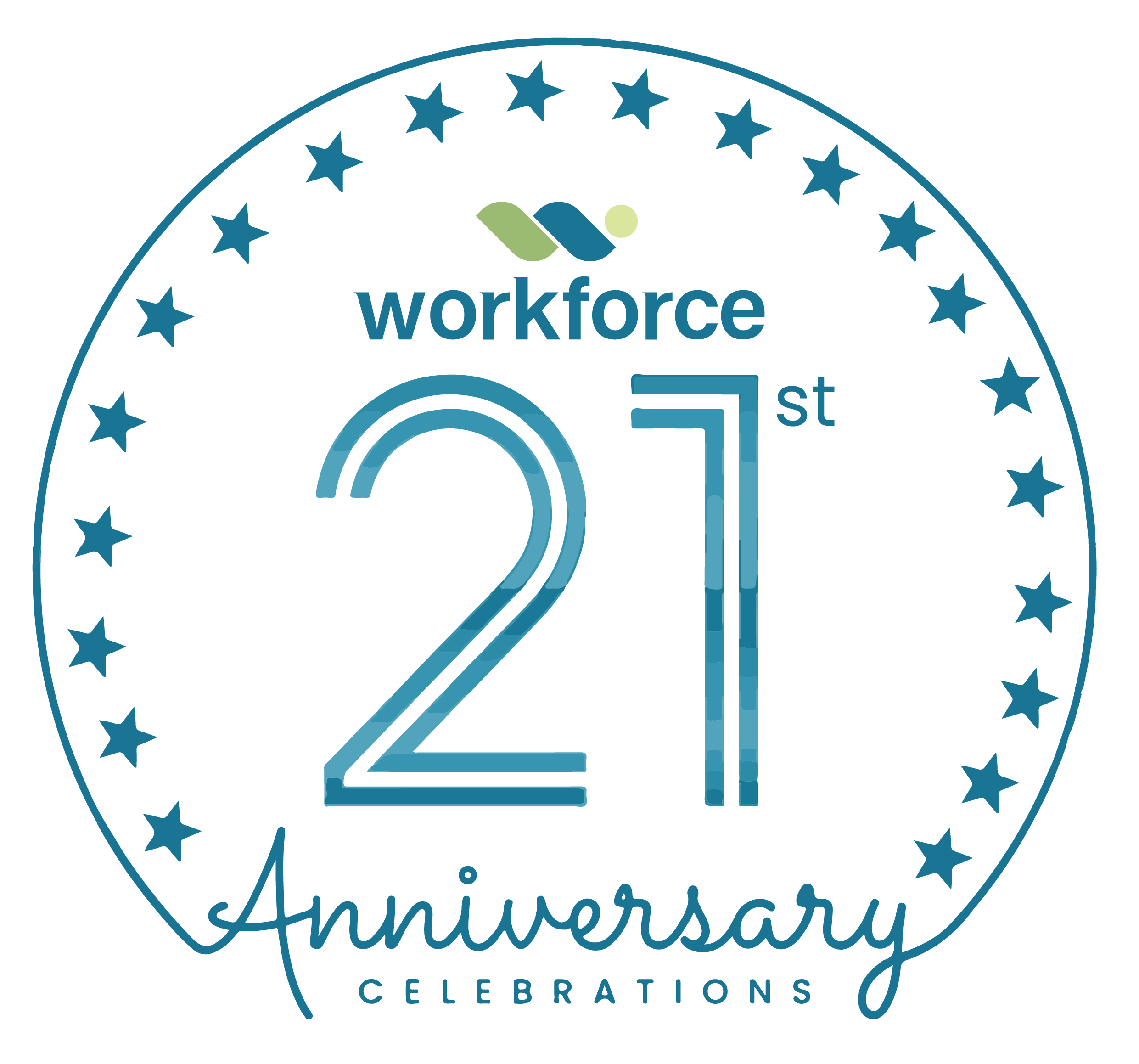Employee turnover is a persistent challenge for businesses worldwide. High turnover rates disrupt productivity, drain resources, and damage morale. One often-overlooked solution for how to reduce employee turnover lies in the recruitment process: resourcing assessments. These tools help businesses identify the right candidates, those who not only have the necessary skills but also fit well within the company culture.
In this article, we’ll explore how resourcing assessments can significantly reduce employee turnover and why they are an essential component of a successful hiring strategy.
The High Cost of Employee Turnover
Before diving into the benefits of resourcing assessments, it’s important to understand the impact of employee turnover. The costs associated with turnover are substantial and can be broken down into several categories:
1. Recruitment Costs
Advertising job openings, screening resumes, and conducting interviews require time and money. According to SHRM, the average cost per hire is roughly $4,700.
2. Training Expenses: New hires often undergo extensive training to become fully productive. If they leave shortly after joining, this investment is lost.
2. Productivity Loss
It takes time for new employees to reach peak productivity. Frequent turnover means teams constantly adjust, leading to efficiency loss.
3. Impact on Morale
High turnover can negatively affect employee morale, leading to disengagement and further attrition.
Understanding Resource Assessments
Resourcing assessments, also known as pre-employment assessments, are a critical strategy for how to reduce employee turnover by evaluating candidates on various criteria beyond their resumes and interviews. These assessments can include:
Cognitive Ability Tests: Measure problem-solving skills, critical thinking, and the ability to learn new information.
- Personality Assessments:
Evaluate traits that predict workplace behaviour, such as teamwork, leadership, and adaptability.
- Skills Tests:
Assess proficiency in specific skills required for the job, such as coding, data analysis, or communication.
- Cultural Fit Assessments:
Determine how well a candidate aligns with the company’s values and culture.
By using a combination of these assessments, employers can gain a comprehensive understanding of a candidate’s potential fit within the organisation.
How Resourcing Assessments Reduce Turnover
1. Identifying the Right Fit
One of the primary reasons employees leave a company is a poor fit for the role or organisation. Resourcing assessments are a powerful tool for how to reduce employee turnover by helping identify candidates who align with the company’s culture and values, reducing the likelihood of mismatches that lead to early departures.
2. Assessing Long-Term Potential
These assessments can also identify candidates with the potential to grow within the organisation. By hiring individuals who can evolve and take on new challenges, companies can reduce turnover caused by lack of advancement opportunities.
Reducing Bias in Hiring
Traditional interviews and resumes can be influenced by unconscious bias, leading to hiring decisions based on factors unrelated to job performance. Resourcing assessments provide objective data, ensuring decisions are based on merit and suitability rather than subjective impressions.
1. Improving Employee Satisfaction
Employees who fit well within their roles and the company culture are more likely to be satisfied with their positions. Satisfied employees are less likely to leave, reducing turnover rates.
2. Minimising Hiring Mistakes
Hiring mistakes are costly and often lead to turnover within the first year. Resourcing assessments help identify potential red flags early in the process, reducing the likelihood of hiring individuals unsuited for the role.
How Resourcing Assessments Reduce Turnover
1. Identifying the Right Fit
One of the primary reasons employees leave a company is a poor fit for the role or organisation. Resourcing assessments are a powerful tool for how to reduce employee turnover by helping identify candidates who align with the company’s culture and values, reducing the likelihood of mismatches that lead to early departures.
2. Assessing Long-Term Potential
These assessments can also identify candidates with the potential to grow within the organisation. By hiring individuals who can evolve and take on new challenges, companies can reduce turnover caused by lack of advancement opportunities.
3. Reducing Bias in Hiring
Traditional interviews and resumes can be influenced by unconscious bias, leading to hiring decisions based on factors unrelated to job performance. Resourcing assessments provide objective data, ensuring decisions are based on merit and suitability rather than subjective impressions.
4. Improving Employee Satisfaction
Employees who fit well within their roles and the company culture are more likely to be satisfied with their positions. Satisfied employees are less likely to leave, reducing turnover rates.
5. Minimising Hiring Mistakes
Hiring mistakes are costly and often lead to turnover within the first year. Resourcing assessments help identify potential red flags early in the process, reducing the likelihood of hiring individuals unsuited for the role.
Implementing Resourcing Assessments in Your Hiring Process
To effectively use resourcing assessments, consider the following steps:
- Define Your Goals: Determine what you want to achieve with assessments. Are you focusing on cultural fit, skills, or long-term potential?
- Choose the Right Assessments: Select assessments that align with your goals and the specific requirements of each role.
- Integrate with Your Hiring Process: Ensure assessments are a seamless part of your recruitment process, not an additional hurdle for candidates.
Train Your Team: Educate hiring managers on interpreting assessment results and using them to make informed decisions.
Evaluate and Adjust: Regularly review the effectiveness of your assessments and make adjustments as needed.
Final Thoughts
how to reduce employee turnover in resourcing assessments are powerful tools for reducing employee turnover and building a more stable, engaged workforce. By focusing on identifying the right fit, assessing long-term potential, and reducing bias, businesses can make more informed hiring decisions that lead to lasting success.
Investing in resourcing assessments not only saves money but also creates a workplace where employees are more satisfied, engaged, and committed to the organisation’s goals.

